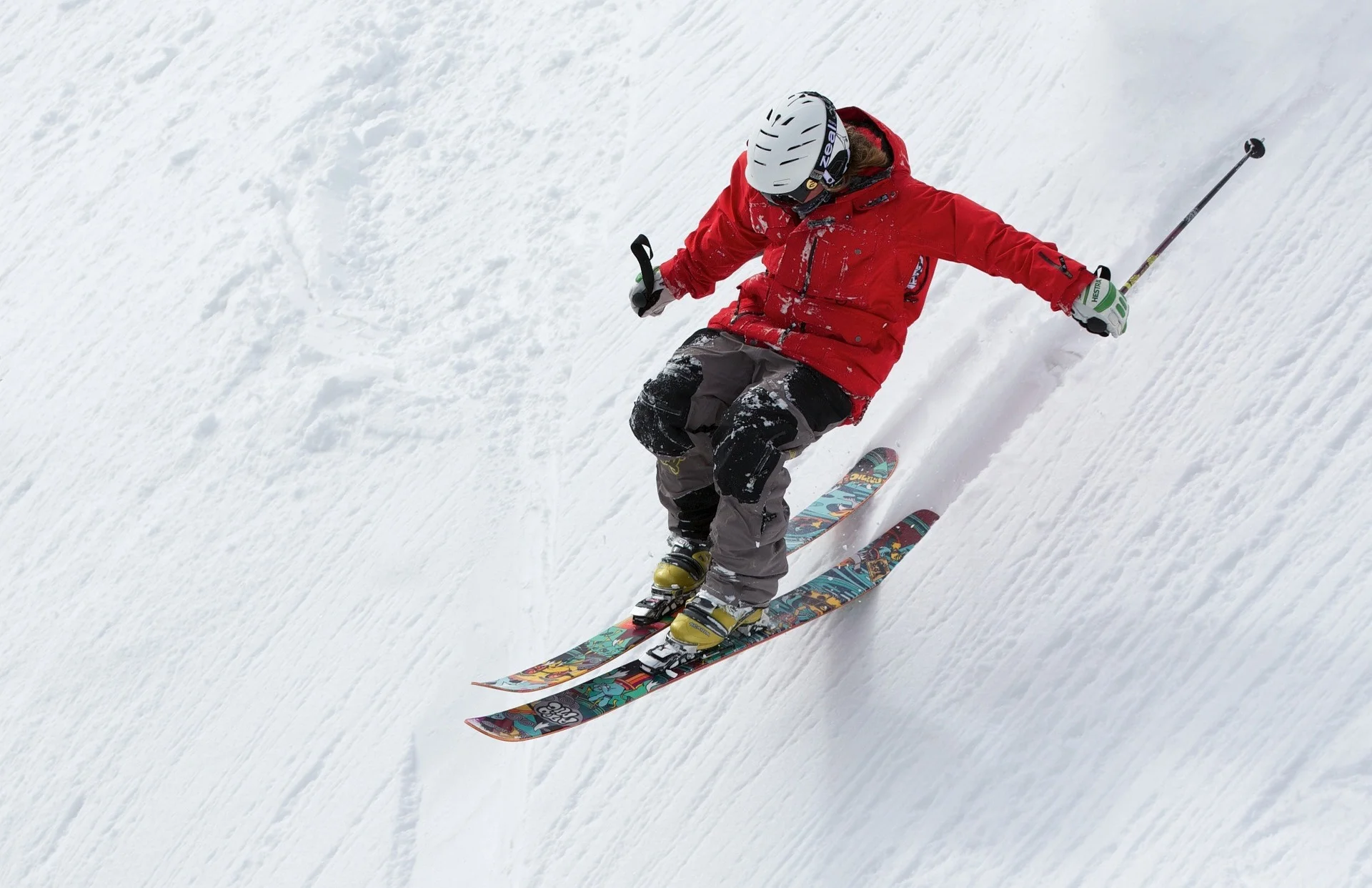Navigating Challenges
The theme for this month’s insight is navigating challenges…and obviously we’re going to be talking a little bit about white water kayaking as well!
I had the opportunity last weekend to go white water kayaking with my brother-in-law on the Ottawa River. It’s something that I haven’t had a chance to do since university days and I’m a little older than I was back than so I have a few aches and pains but it was an epic weekend on the Ottawa River. There is a record water level this year which made the waves and rapids enormous.
I want to draw some parallels between how we would approach a typical rapid and how we approach other challenges in our lives, whether these are internal challenges, business challenges or whatever these challenges are. There are a lot of parallels.
This isn’t dissimilar to how we would approach a business challenge. Looking at the different challenges and how they will affect the course of action.
Having done that, without doing too much more planning, because some people just get caught in the planning stages for ever and ever, we take action. I’ve seen some kayakers just stare at the water for long periods of time and eventually just talk themselves into turning back or bypassing the rapid.
At some point you have to take action, to commit. This is where the agility comes into play. No matter how much planning we’ve done, in minimizing and mitigating the risks of being drawing into the more dangerous features, we have to be able to adapt.
Mostly the features are danger when you’re in your boat because that is when you’re on the surface so you can be recirculated in the wave or hole. If you have to eject from the kayak, the water flushes you through and before you know it you float down and before your know it you’re through that particular rapid.
We try to do everything according to plan but it doesn’t always happen that way. Sometimes we’re under water when we’re planning on making a particular move or something like that. That is why you have to have what I call a “bombproof” roll to get yourself vertical again. You make those adjustments and adapt to what your dealing with. This is, of course, the thrill of white-water kayaking! It is very fast paced and a blast right from beginning to end.
Afterwards, you look at the lessons learned and apply them to future rapids. So that’s exactly how we approach rapids and there are a lot of parallels to how we can approach other challenges in life: having that initial plan, taking action and being able adapt to the different challenges and things you hadn’t envisioned along the way.


